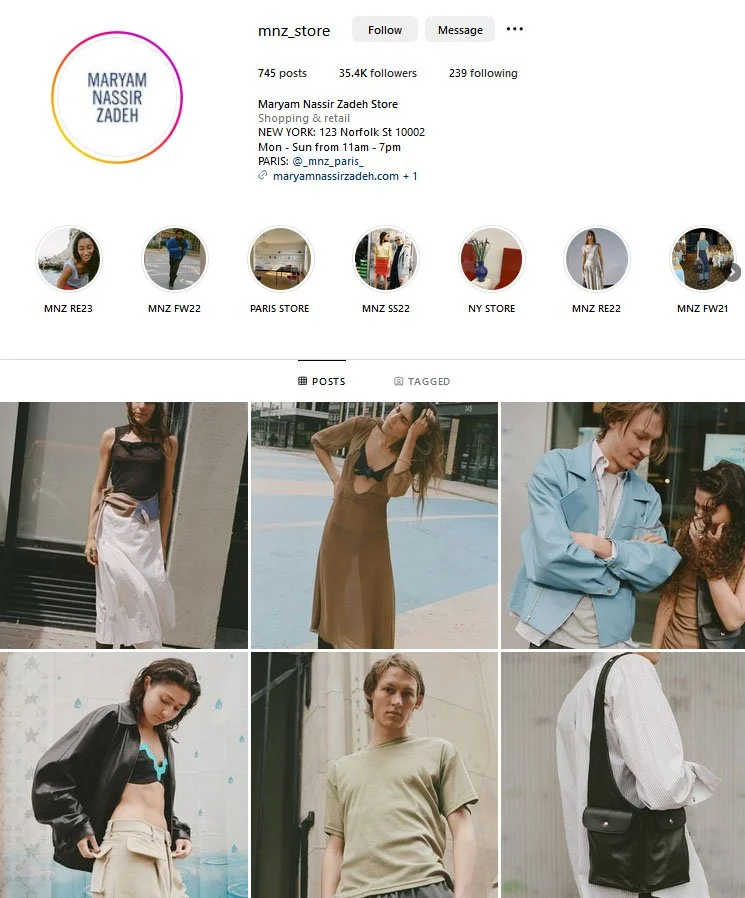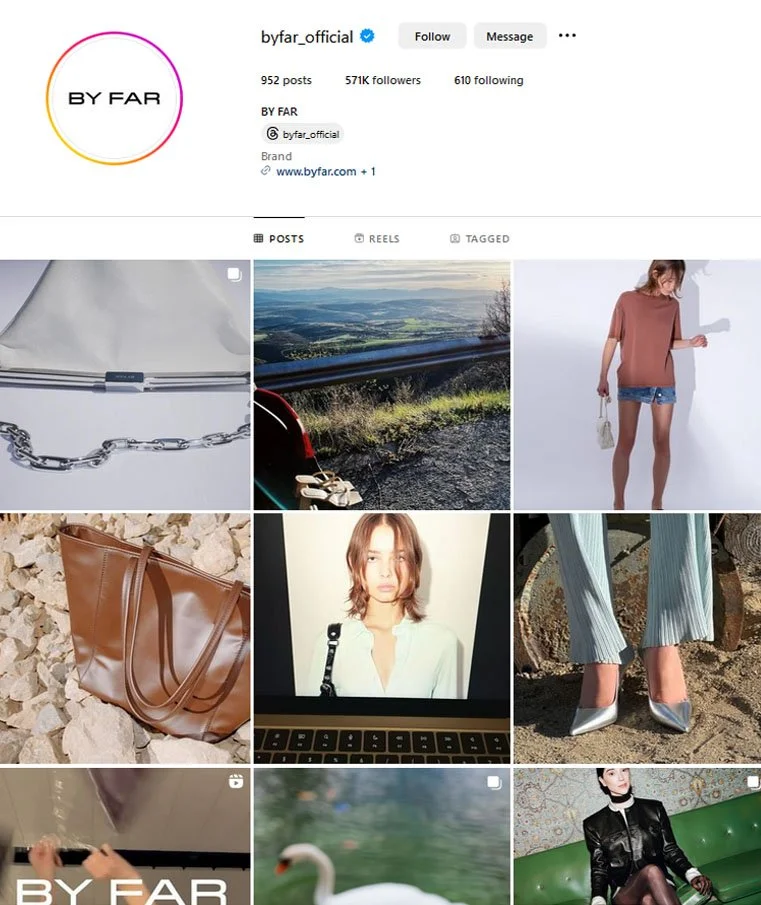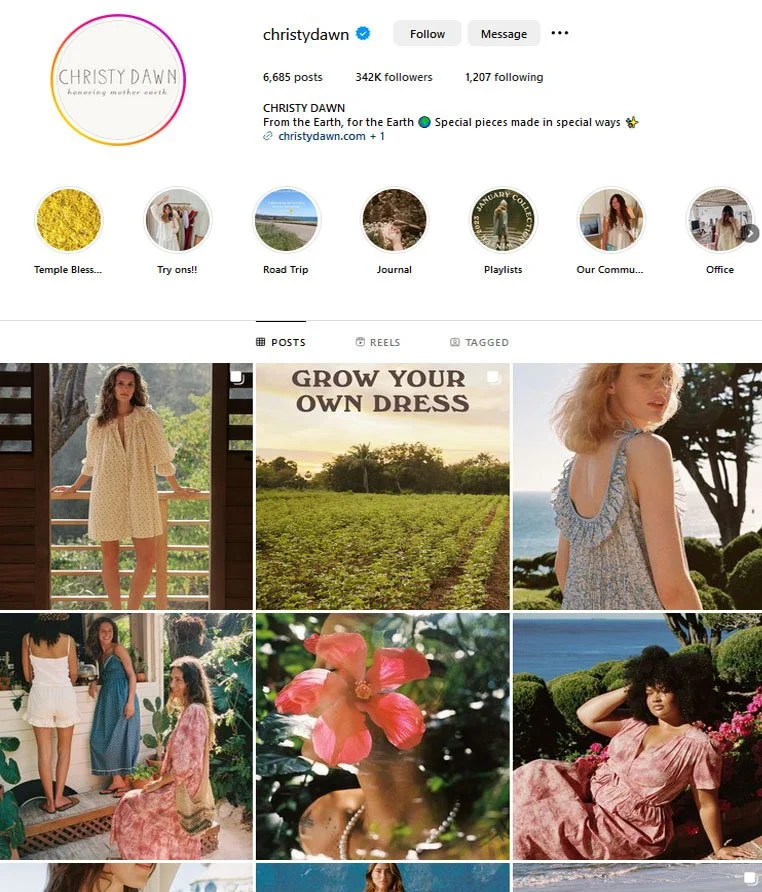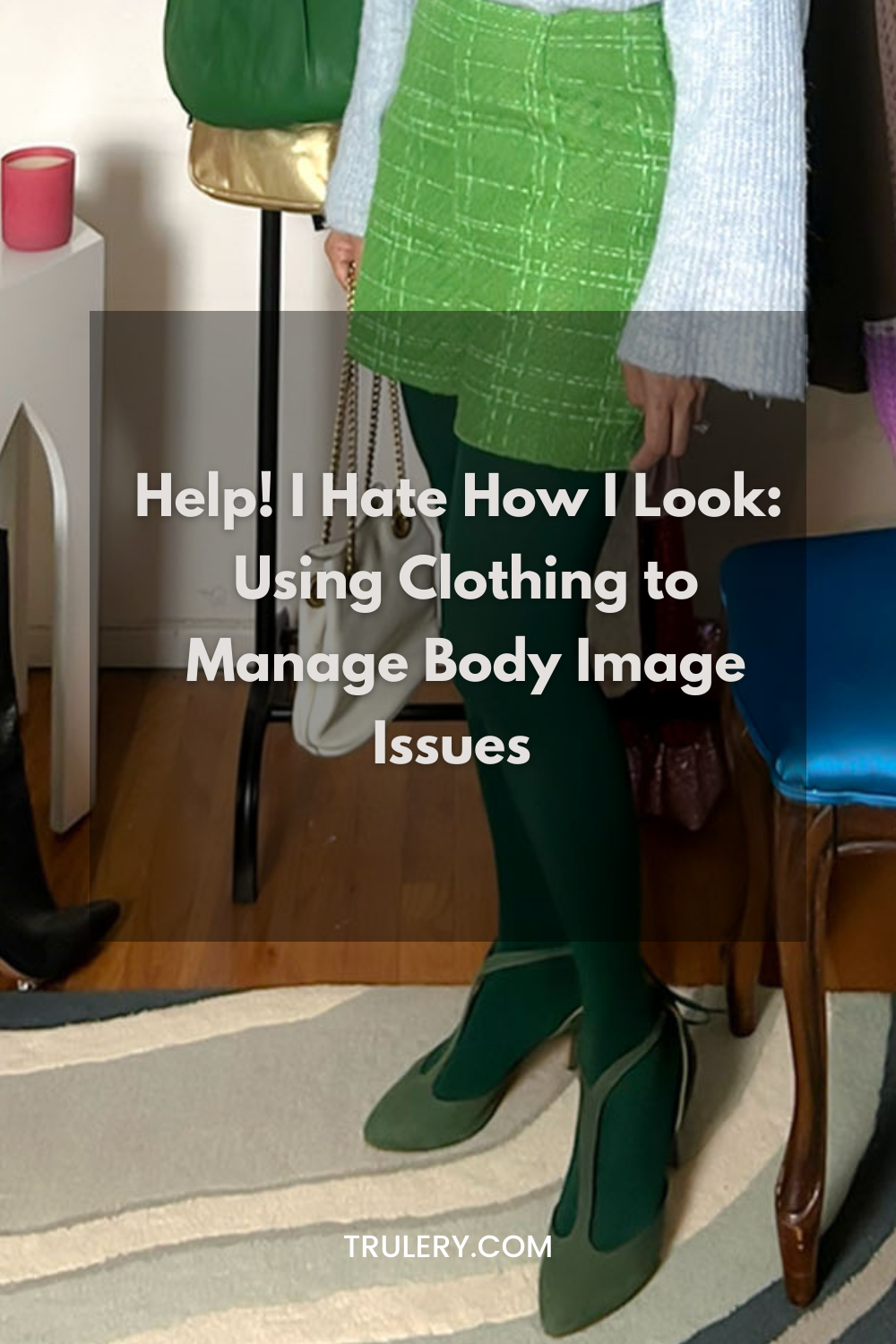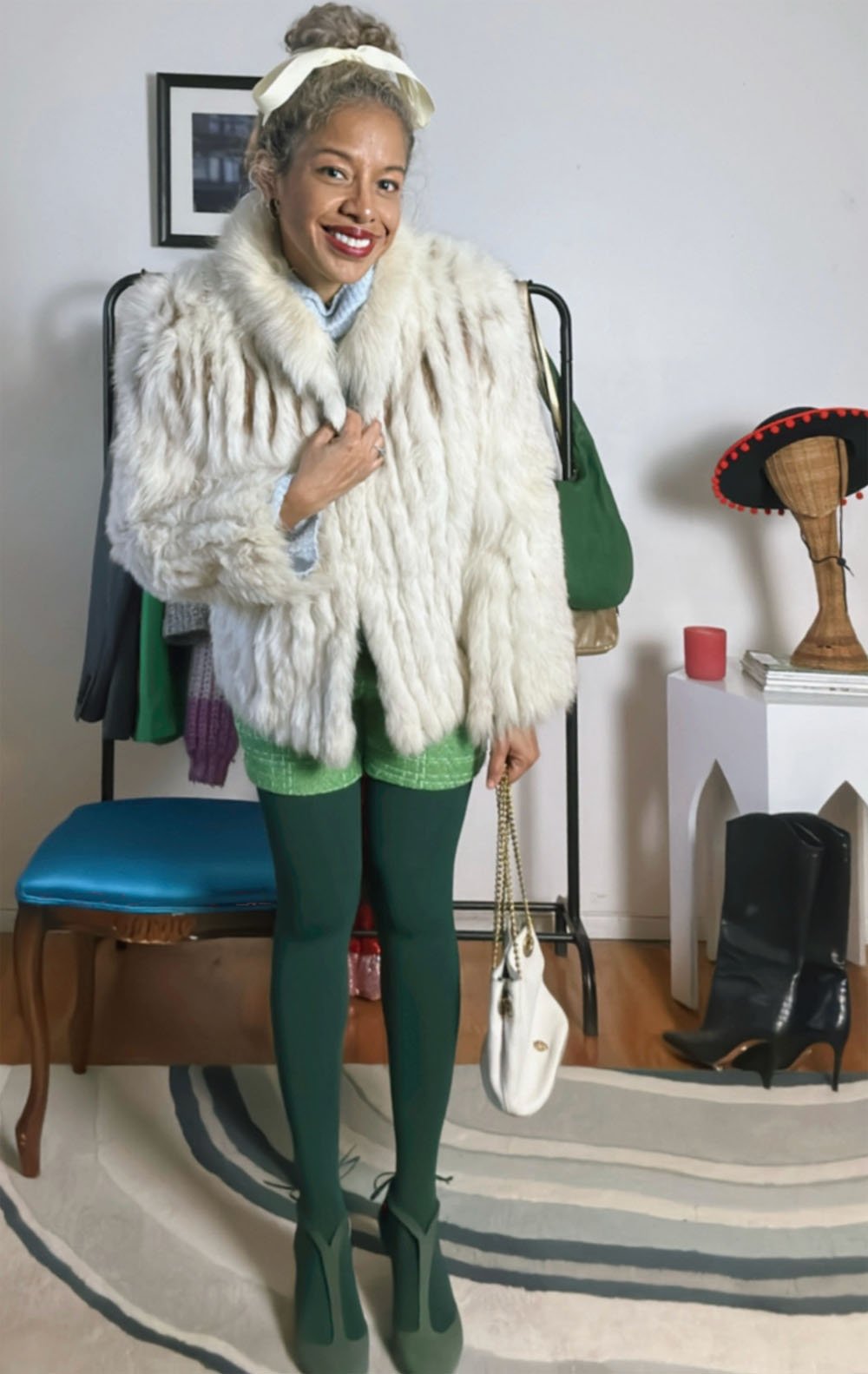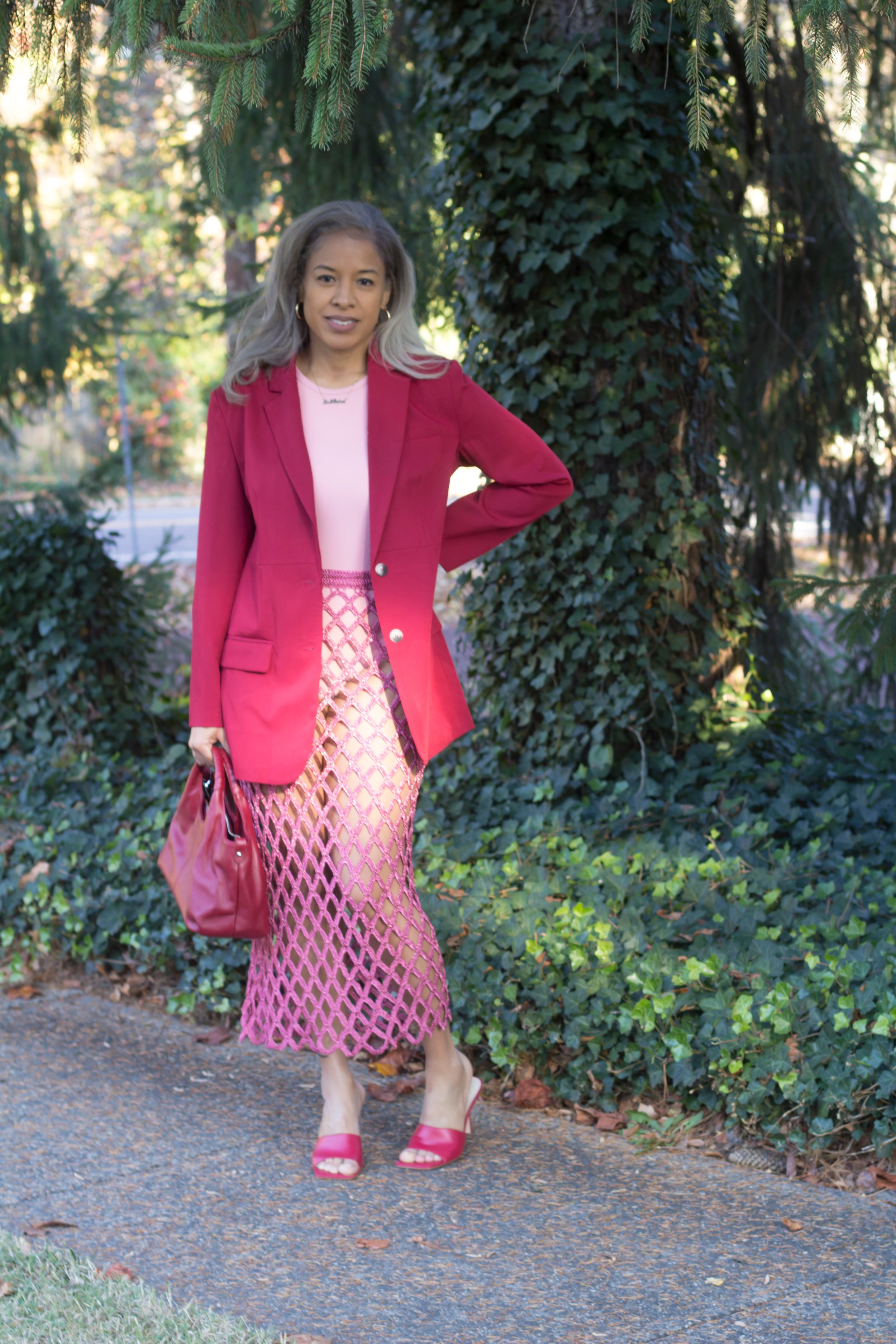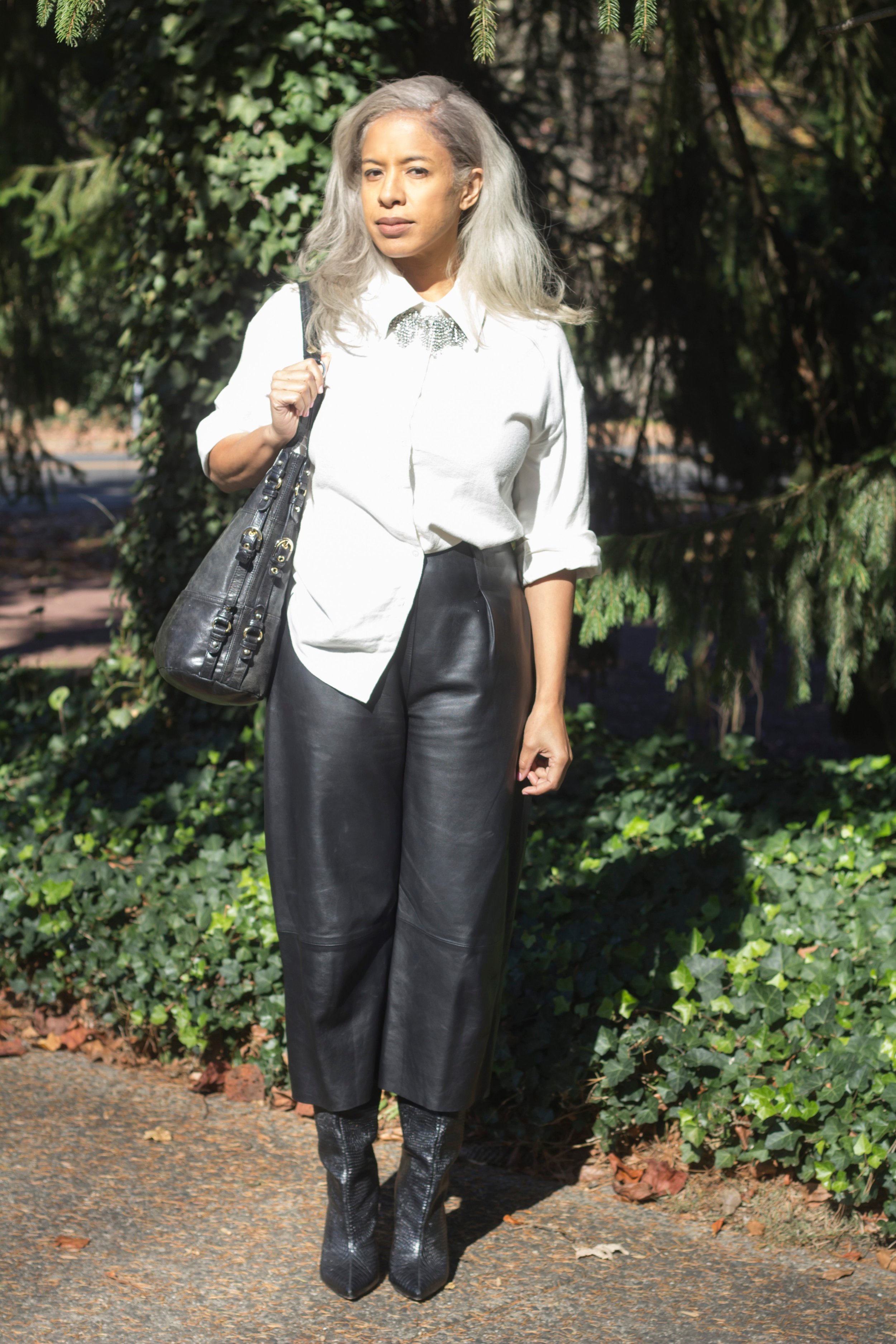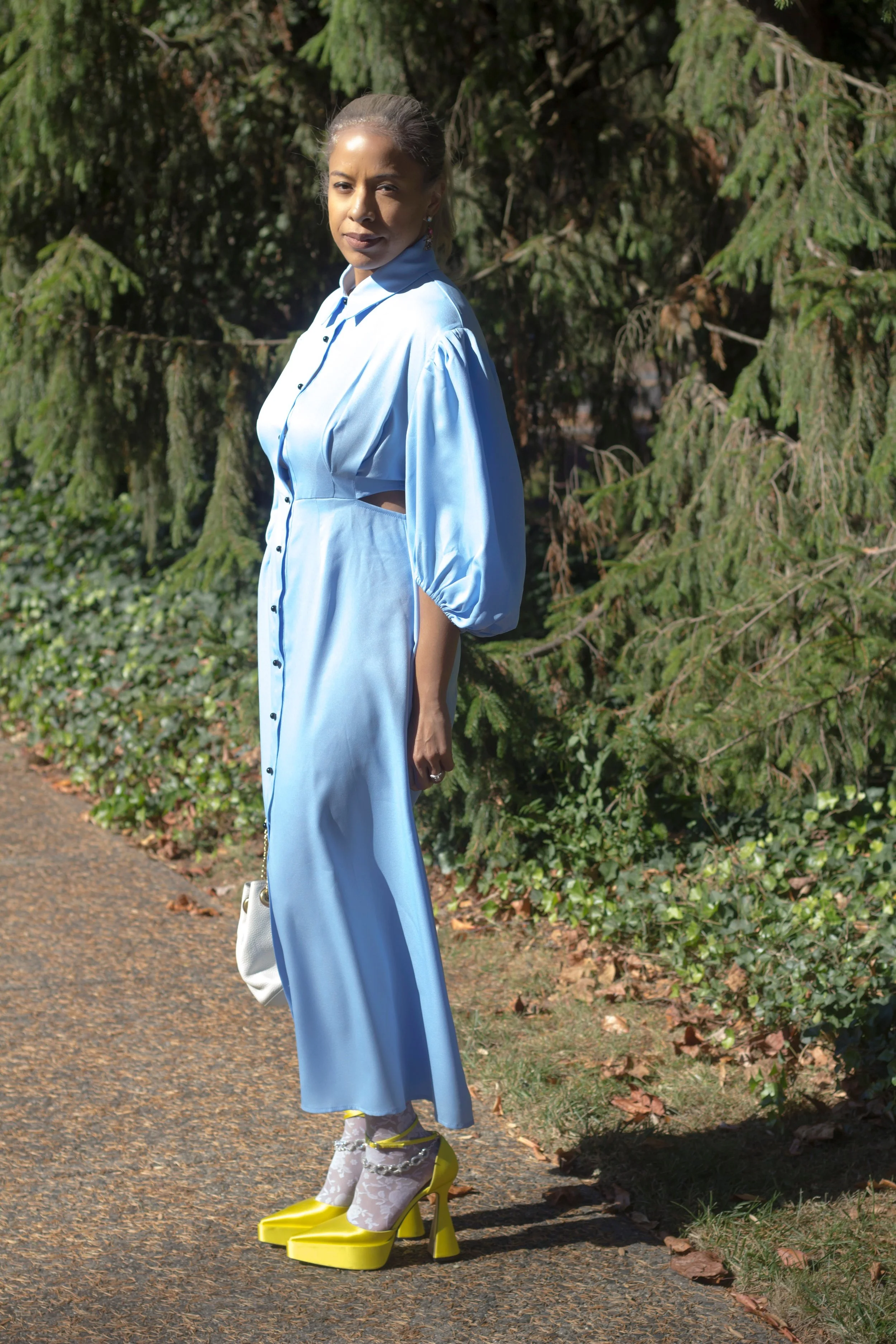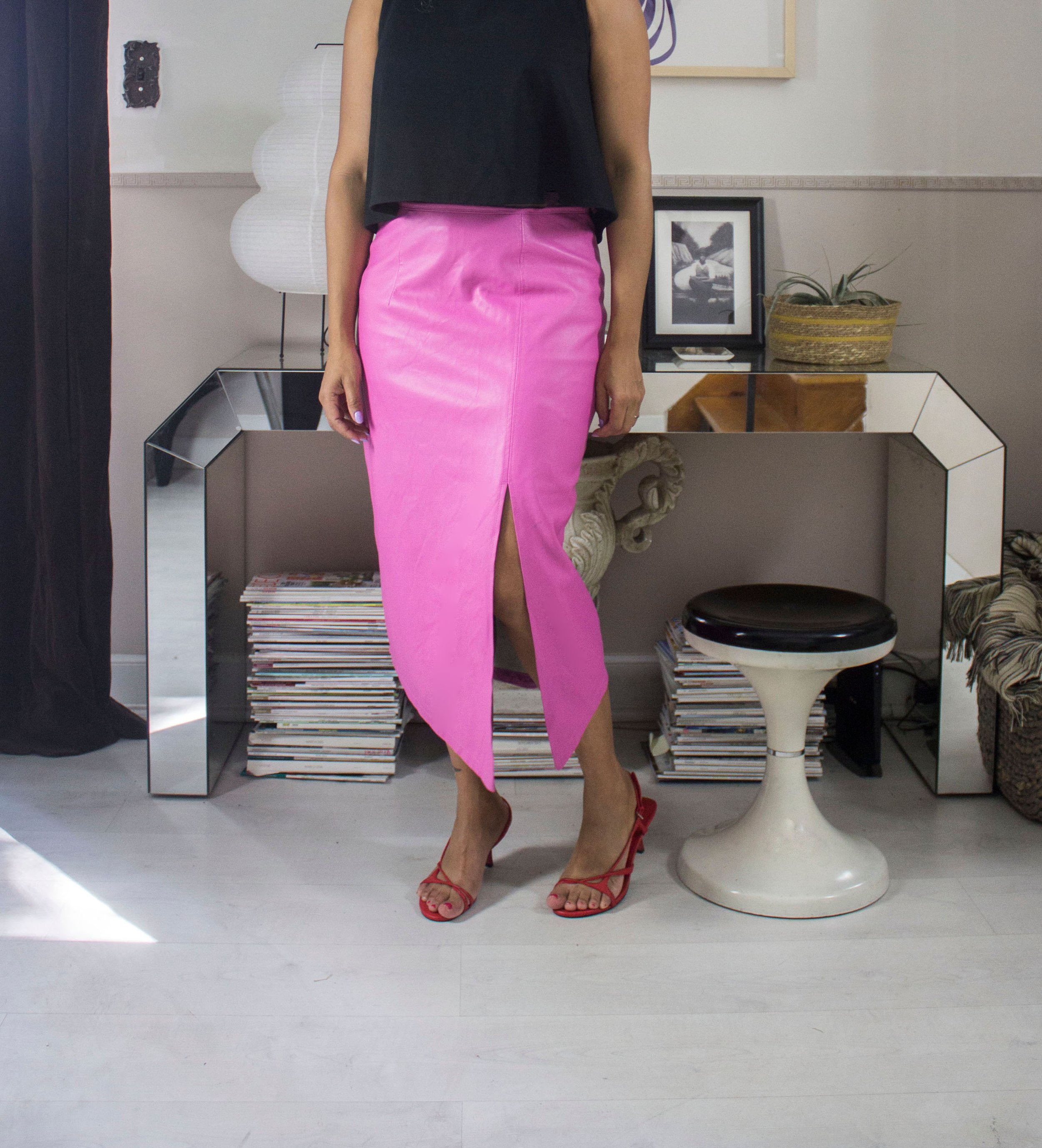High Quality Fashion Brands that Make Emotional Connections
/Photo by me via midjourney
Brands and consumers have a layered relationship. On the surface, brands sell consumers a desired product in exchange for money. But if done in the spirit of true service, brands do more than sell a product. They strive to enhance consumers’ life in some way; and in exchange, consumers reward brands with more sales to keep the brand going. When it comes to fashion brands, they not only sell clothing consumers need to exist in a civilized society, they also sell a lifestyle consumers can connect with emotionally. Researchers refer to this as emotional branding. And according to one study, researchers Kim Youn-Kyung and Pauline Sullivan describe emotional branding as a strategy that appeals to consumers “needs, aspirations, dreams, and ego” in hopes they make emotional connections.
The study goes on to say consumers are emotionally connected to fashion brands that offer them positive experiences, embrace their true self, give them a chance to give back to causes they believe in, and provide opportunities to feel empowered. So with this in mind, the study states fashion brands connect with consumers using any one of four strategies– sensory experiences, storytelling, cause branding, and co-creation. Sensory experiences envelop consumers in pleasurable environments meant to reflect the spirit of the brand, storytelling brings consumers into a world they feel accepted in, cause branding appeals to consumers who share similar altruistic passions, and co-creation allows consumers to have a say in the direction of the brand, making them feel a part of it.
In light of this study, I felt compelled to research a few distinctive, high quality fashion brands to determine what if any emotional branding strategies they’re using to attract consumers willing to spend money for their clothing, and what we can learn from them. Check out these 4.
Maryam Nassir Zadeh
Upon landing on MNZ’s website, consumers are immediately hit with Gen Z vibes. The look is minimal, modern, and intentionally off-beat. It’s clear the brand understands that the key to making classic, simple clothing appear avant garde is context. Trousers are worn with bikini tops, for an effortless appeal. And your grandmother might love the shoes, but pared down styling makes the classic looks seem more edgy than it might otherwise.
With brick-and-mortar stores in Paris and NYC, the retail spaces look airy and minimal with glossy modern furnishings that yell throw-away glamour. MZN also sells vintage clothing, a solution to curbing consumption and promoting sustainability practices.
In light of these elements, how is MNZ connecting with consumers emotionally? I would say they’ve largely used sensory experiences and storytelling to draw us in. For those of us only perusing online, the visual sensory information evokes a light, bright anti-image look. Models out and about in a warm, urban setting appear unbothered and quite comfortable in their personal style. And the visual storytelling is aptly captured by a picture of an understyled Paris store. It shows a minimally furnished intimate space, with a jumble of clothes on the table and glimpses of closet-worthy shoes and clothes. They’re not telling you how to style it, they’re inviting your imagination to wander. It’s the moody allure that grabs my attention. And the vintage clothing tells consumers you can have personal style in ways that support the environment. So if you feel drawn to a store consider the sensory experiences and storytelling, and why it appeals to you.
By Far
By Far
By Far ships to both the USA and Europe, and the homepage greets consumers with the following caption, “A By Far obsession with nonchalant elegance for a lifestyle that’s seriously playful, chic, unpretentious, and mischievous.” So immediately we know it’s for consumers who like to tow the line between sophistication and subversion. A deeper look shows models under edgy flashlighting in modern, simple shapes.
On the About page, the brand further elaborates on it’s philosophy, identifying fashion as a source of communication and a way to solve problems. They liken creativity to the joy of childhood, a time when we were more likely to be uninhibited and consumed with daydreams. To top if off, it offers refillable fragrances in colors that feel joyful.
So how does By Far connect with consumers? I’d have to say again, through storytelling and sensory experiences. Through storytelling, we are invited to join the brand in boundless creativity and joy, along with other elegant disrupters. And the colorful fragrance boxes exude the joy and creativity of childhood the brand is promoting. The refillable fragrance is a sustainable practice that has environmental and monetary benefits; and anyone interested in both would certainly find it appealing. Essentially, the brand shows a fully fleshed out vision that speaks to our inner child and the consumer’s values and passions, all effective emotional branding.
Christy Dawn
Speaking of consumer values and passions, Christy Dawn is all about renewal and regeneration in the name of sustaining the environment–something many consumers are zealous about. The brand offers natural, simple, and earthy styles; and a chance to “wear your values.” Clothes are made of cotton from regenerative farms (farms that recycle as much farm waste as possible) so you can wear clothes knowing it is grown in ways that benefit farms and save money for farmers.
And to top it off, each purchase helps to “replenish soil” and “sequester more carbon” which is essential to soil health. The brand lets you know you aren’t just buying clothes but “participating in a solution.” Consumers also have an opportunity to grow their own dresses and sell it in the shop. And in thrift shop fashion, consumers have a chance to resell their clothes.
I’d say Christy Dawn uses all 4 emotional branding strategies— sensory experience, story-telling, cause branding, and co-creation. Once on the site, consumers are immediately absorbed into an outdoorsy, natural world with models in earthy prairie dresses that have free-spirited and vintage appeal. And their storytelling is interwoven into every aspect of the brand from the sustainable cotton production to the education they offer about farming and regeneration, drawing us deeper into their environmental-friendly world. They also give consumers an opportunity to connect by inviting them to purchase with a purpose, and offering an opportunity to design environmentally friendly dresses, a way to empower consumers for sure. I think when a brand can exemplify their values in such a complete way, it creates a unique and memorable connection to its consumers.
Tuckernuck
Tuckernuck sells modern, classic styles. Started by a group of friends frustrated with the current retail climate, they sought to sell clothes reminiscent of Nantucket summers. The laidback, refined site aptly captures an old school elegance often associated with lineage, yet with a modern sensibility. They sell a wide range of designers as well as their own brand for unlimited curated styles they describe as “cool”, “effortless”, “comfortable”, “stylish” and “fun.” More than than that, the brand also pens a blog known as “guides” to entertaining, style, and travel, all to better help immerse you in the cool and fun stylish lifestyle they promote.
Tuckernuck teaches us that storytelling alone is a very compelling emotional branding strategy. Once on the site, we are submerged in their classic, modern Slim Aaronesque world whether that’s to shop or to get inspiration through their blog posts.
What stores do you connect with emotionally and why? Share in the comments.



